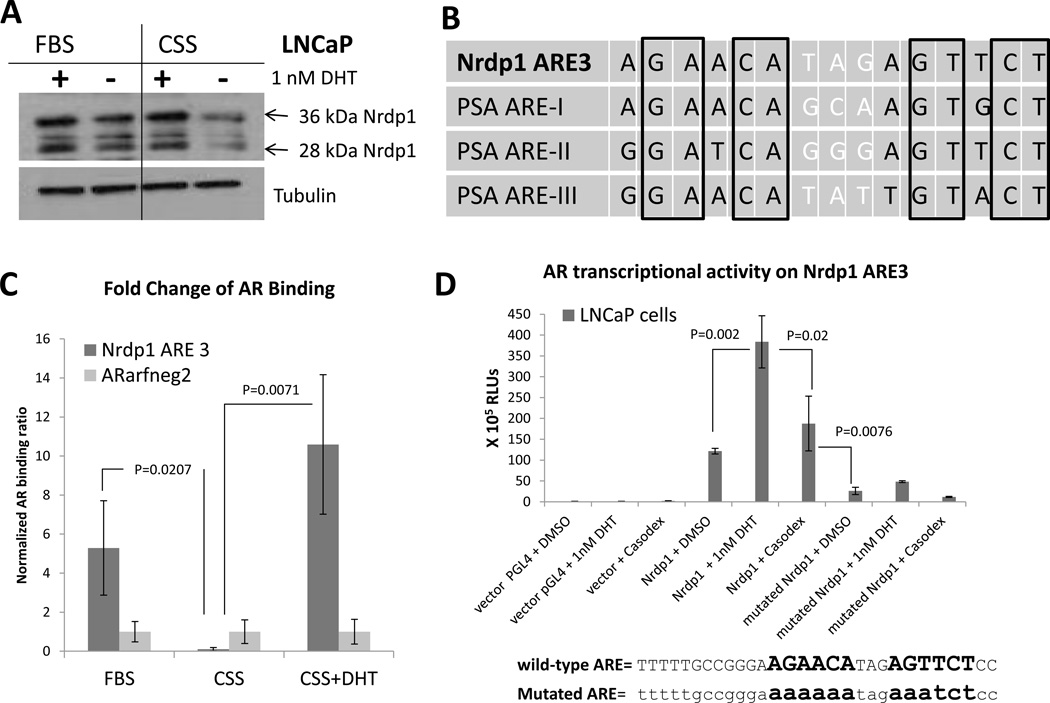Figure 1. Nrdp1 is a transcriptional target of the AR in androgen-dependent LNCaP cells.
(A) LNCaP cells were cultured in complete media containing FBS or CSS with and without DHT (1 nM) for 72 hours. Cell lysates were blotted for Nrdp1 and two isoforms detected – 36 kDa and 28 kDa. Exposure to CSS caused a decrease in both 36 kDa and 28 kDa Nrdp1 but this effect was restored by DHT, showing that Nrdp1 is androgen regulated. (B) We identified an ARE in the proximal promoter of Nrdp1 gene. Comparison of PSA AREs and Nrdp1 ARE show that the PSA AREs and Nrdp1 ARE3 both contain a 15bp-palindromic ARE. (C) ChIP assay of AR binding in LNCaP cells to Nrdp1 ARE3. LNCaP cells were cultured in media containing CSS for 48 hours and then switched to complete media containing FBS or CSS with or without DHT. Chromatin samples were immunoprecipitated with an anti-AR antibody and analyzed by qPCR with primers flanking the Nrdp1 ARE3 region against a negative control (ARarfneg2). In LNCaP cells grown in normal FBS media the AR binds to the Nrdp1 ARE3 sequence, this binding no longer occurs in CSS media, but is restored in CSS media with the addition of DHT. In contrast the negative control is unaffected by these manipulations. (D) LNCaP cells were transfected with plasmids expressing luciferase under control of wild-type Nrdp1 ARE3 promoter, mutant Nrdp1 ARE3 promoter (as shown), or with the parental vector (pGL4), and assayed for luciferase activity in the presence of DMSO vehicle, or 1nM DHT, with or without 10µM bicalutamide (Casodex). The luciferase activity of Nrdp1 ARE3 in LNCaP cells was responsive to androgens but was abolished by the mutations.

